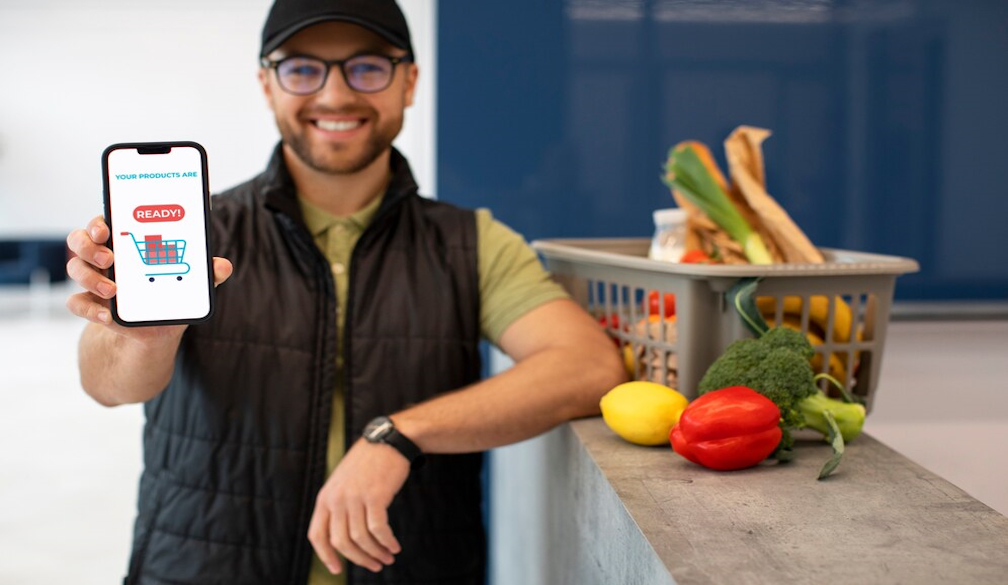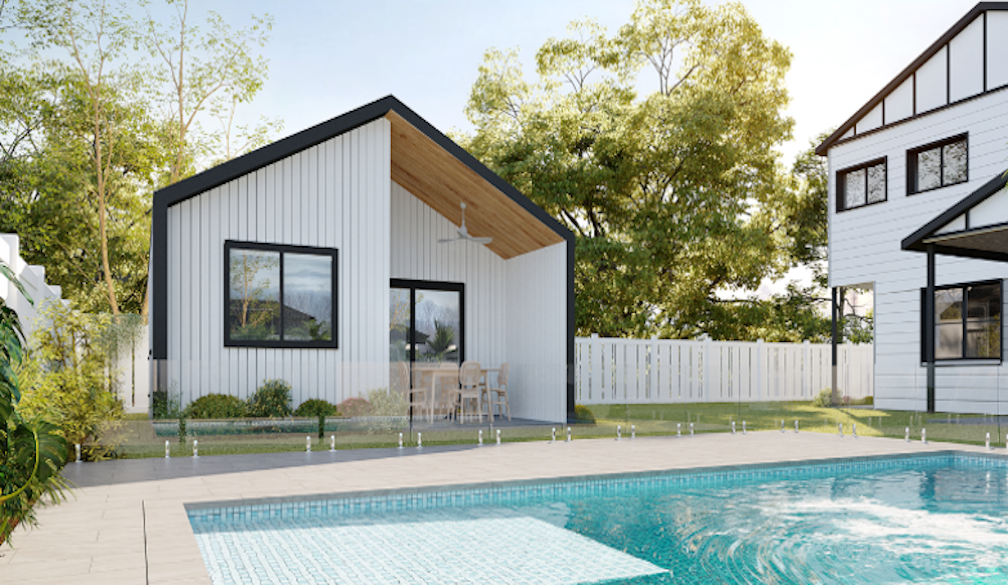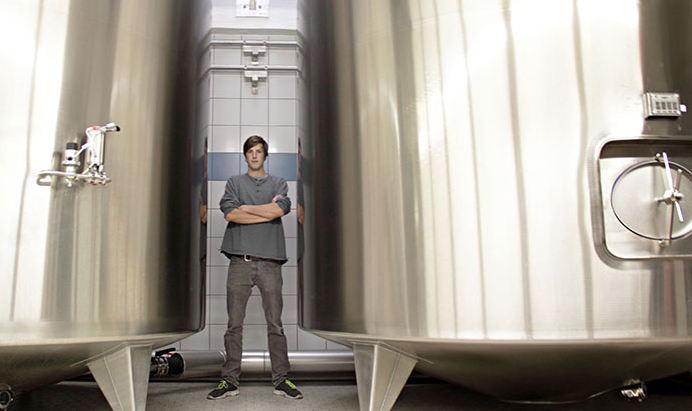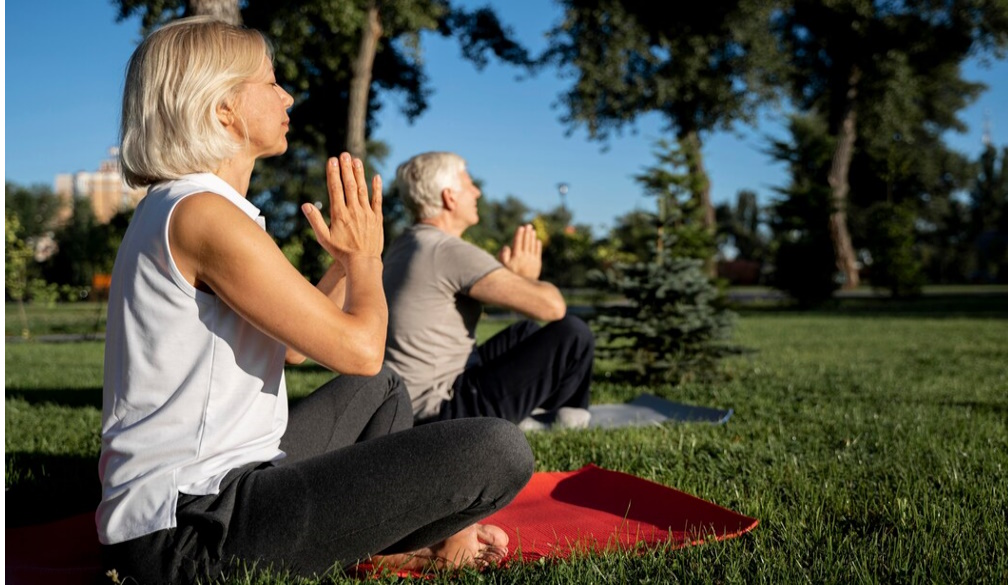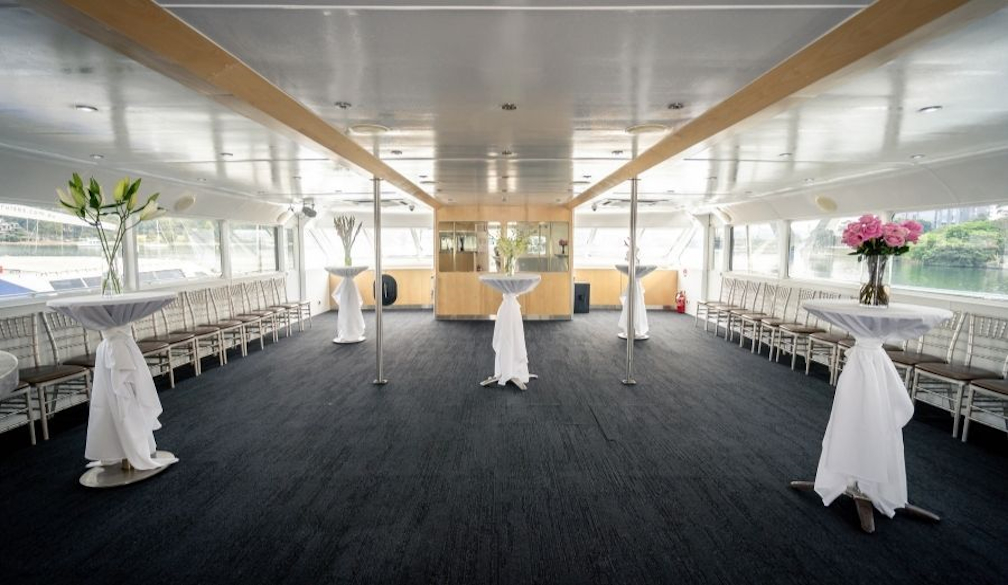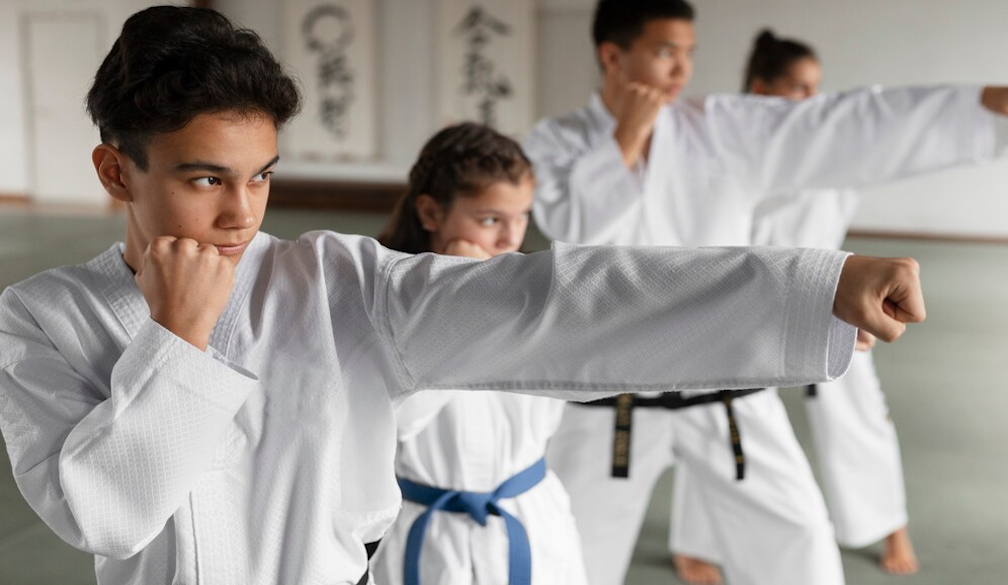No coaches, no worries? How action sport athletes are bucking traditional sports pathways
- Written by Eva Ellmer, Researcher, The University of Queensland
Action sports used to be a niche interest but they are continuing to gain in popularity, especially among younger generations.
So, why are more people turning to sports such as BMX, skateboarding and surfing?
The popularity of the X-Games would have helped but there are likely other factors.
One is that participants can engage in these activities in a way that suits their lifestyle and they can express themselves freely – outside of rules, regulations and schedules seen in more traditional sports.
With action sports, people are often empowered to explore their potential and develop their skills and abilities without coaches or sporting organisations imposing rigid structures and expectations.
These athletes don’t have to worry about running laps to warm up or doing push-ups for punishment. Instead, they usually don’t have coaches telling them what to do, and when and how – they tread their own paths.
From rebellion to acceptance
When action sports first came onto the scene in the late 1990s, athletes started to challenge traditions and norms by embracing an anti-establishment and counter-cultural, do-it-yourself philosophy.
This was particularly evident at the 1998 Nagano Winter Olympics, when snowboarders such as Norway’s Terje Haakonsen boycotted the games due to the demands the International Olympic Committee (IOC) was placing on athletes and their sponsors.
Some critics felt the IOC did not respect the unique history and values of snowboarding. Since then, several other action sports athletes have spoken out about their sports’ inclusion in the Olympics.
Over the past few decades, participation rates in these sporting activities have continued to rise both locally and globally.
In Australia, an estimated 196,000 individuals aged 15+ have taken up surfing and 119,000 have taken up skate sports since 2019.
As action sports are being accepted into the mainstream, the narrative is beginning to change.
Rather than perceiving action sports participants as being rebellious, their positive values and behaviours are being recognised. At the Tokyo Olympics for example, skateboarders were highlighted for their friendship, inclusivity and collaboration.
These are values that all sports can continue to learn and benefit from.
Thriving on independence: how these athletes learn
This evolving landscape has allowed researchers to explore not only the values and motivations of sports participation but also how action sports athletes learn and develop their skills.
Spoiler alert – they’re often different from traditional learning methodologies and pathways.
Instead of being coached from junior levels as seen in most traditional sports, action sports participants tend to take responsibility for their own learning by going to the skate park or building their own ramps and obstacles in dirt or snow.
Indeed, some athletes like BMX freestyler Logan Martin have built their own freestyle parks in their backyard.
Australian gold medallist Logan Martin built multiple training ramps in his backyard.This speaks to the flexibility, freedom and creativity of when, where, and how participants engage in their sport.
In Martin’s case, it was an investment in his own professional development and it paid off – he won gold in Tokyo.
The role of peer-coaching
In action sports, athletes often learn from each other rather than from coaches. They watch each other’s moves, talk about what works and solve problems together.
This kind of peer-coaching boosts confidence and team spirit especially when everyone has a common goal.
In these sports that are considered high-risk, athletes rely on their peers’ advice and encouragement when attempting to complete a new jump or trick. The emotionally safe environment allows athletes to turn fear into courage, supporting their learning and skill development.
Even at the elite level, many action sports athletes learn differently. While some may have touchpoints with performance support staff like coaches, sports scientists, psychologists and dietitians, many don’t.
For many action sports athletes, this often occurs only once they have been identified as a “podium potential” athlete – meaning they have already met certain performance benchmarks alongside international competition performances.
Under these guidelines, athletes are afforded scholarships allowing them to dictate their own performance support management.
Even though action sports participants remain independent athletes, insights from my research into the Australian BMX scene shows coaches are respected and accepted as being “one of them” because they understood the BMX world; they created a positive, trusting environment where athletes could be themselves, share feedback and get the most out of their training sessions.
Out with the old, in with the new?
No doubt some coaches and clubs from traditional sports have started to move the goalposts to meet the demands of the younger generation. However, there remain many that can learn valuable lessons from the practices of action sports athletes.
Encouraging athletes to learn from each other, rather than solely relying on coaches, can enhance skill and personal development. Just like in action sports, observing teammates, discussing strategies and collaborating can lead to better performance.
Traditional sports can benefit from creating environments where athletes feel supported, which will result in them remaining committed to a sport and continuing to develop both on and off the field.
Coaches can achieve this by prioritising the building of trust and feedback-rich relationships between them and their athletes.
Coaches in more traditional sports can empower their athletes by giving them more control over their training, recovery and mental wellbeing. This is where scholarships and personalised resources like physiotherapy, psychology, and nutrition can be helpful.
So rather than coaches calling all the shots, why not let the athletes take over? What’s the worst that can happen?
If it’s safe in a high-risk sport, it’s likely to be safe in a traditional one.
Authors: Eva Ellmer, Researcher, The University of Queensland

